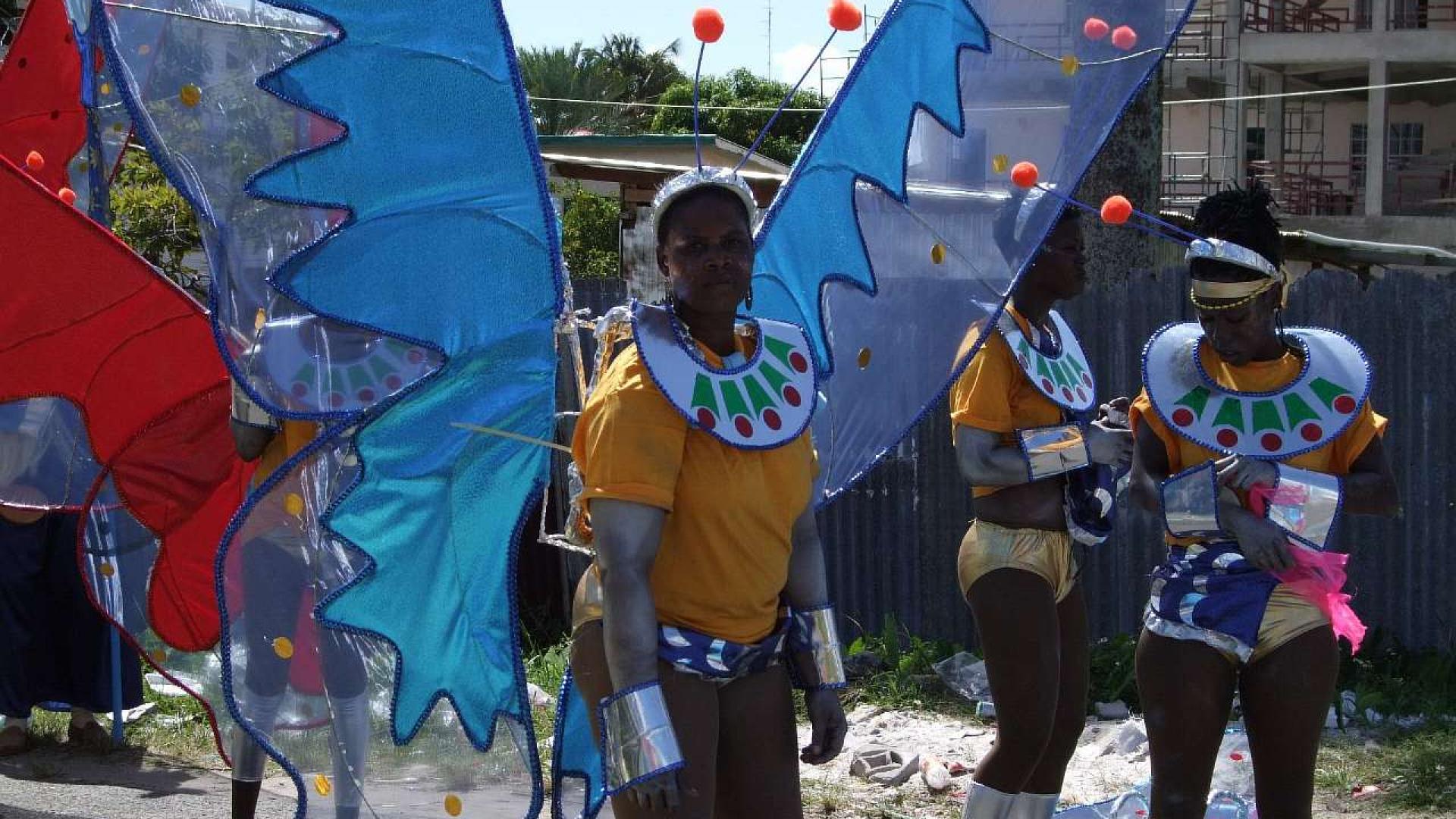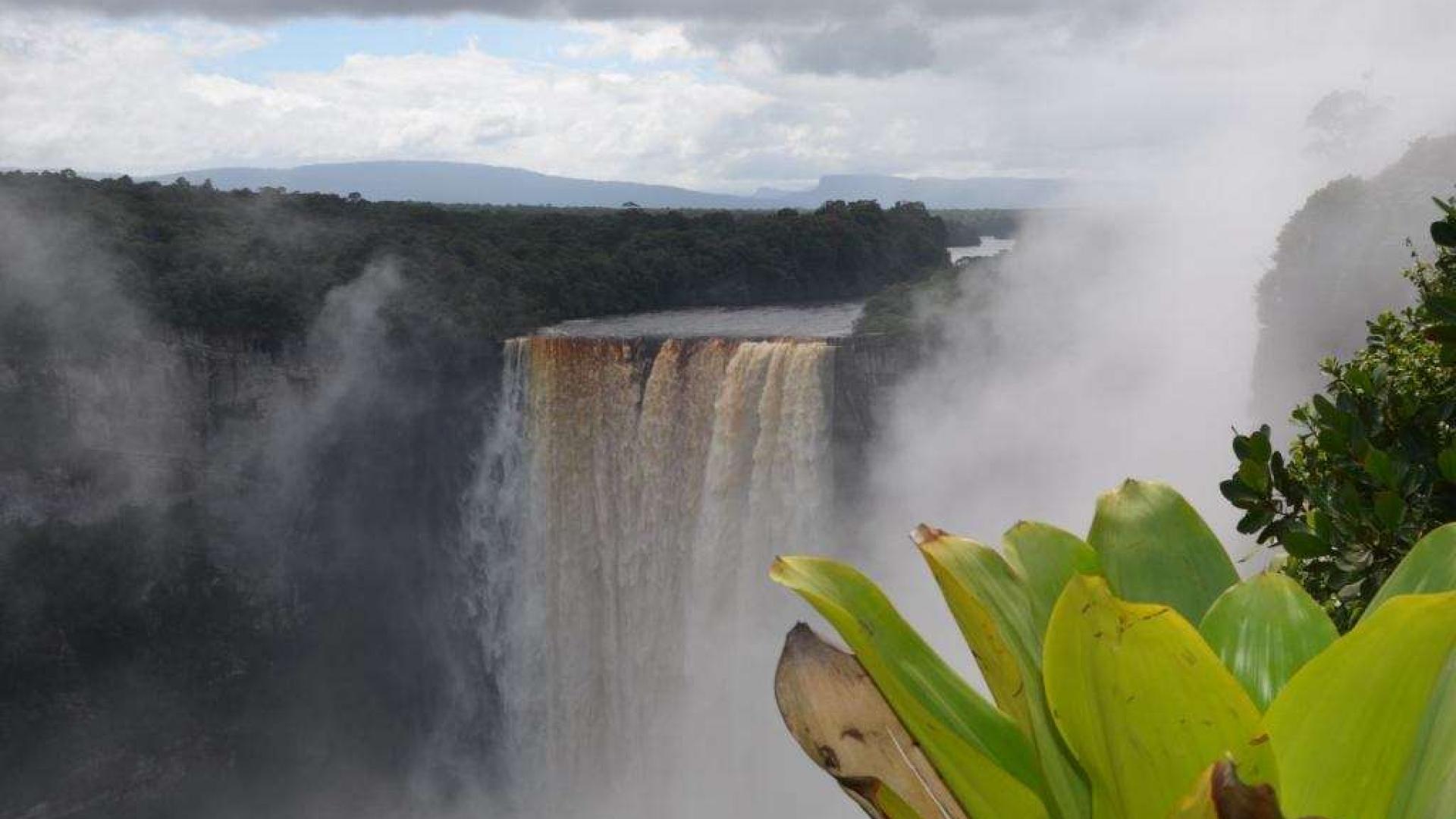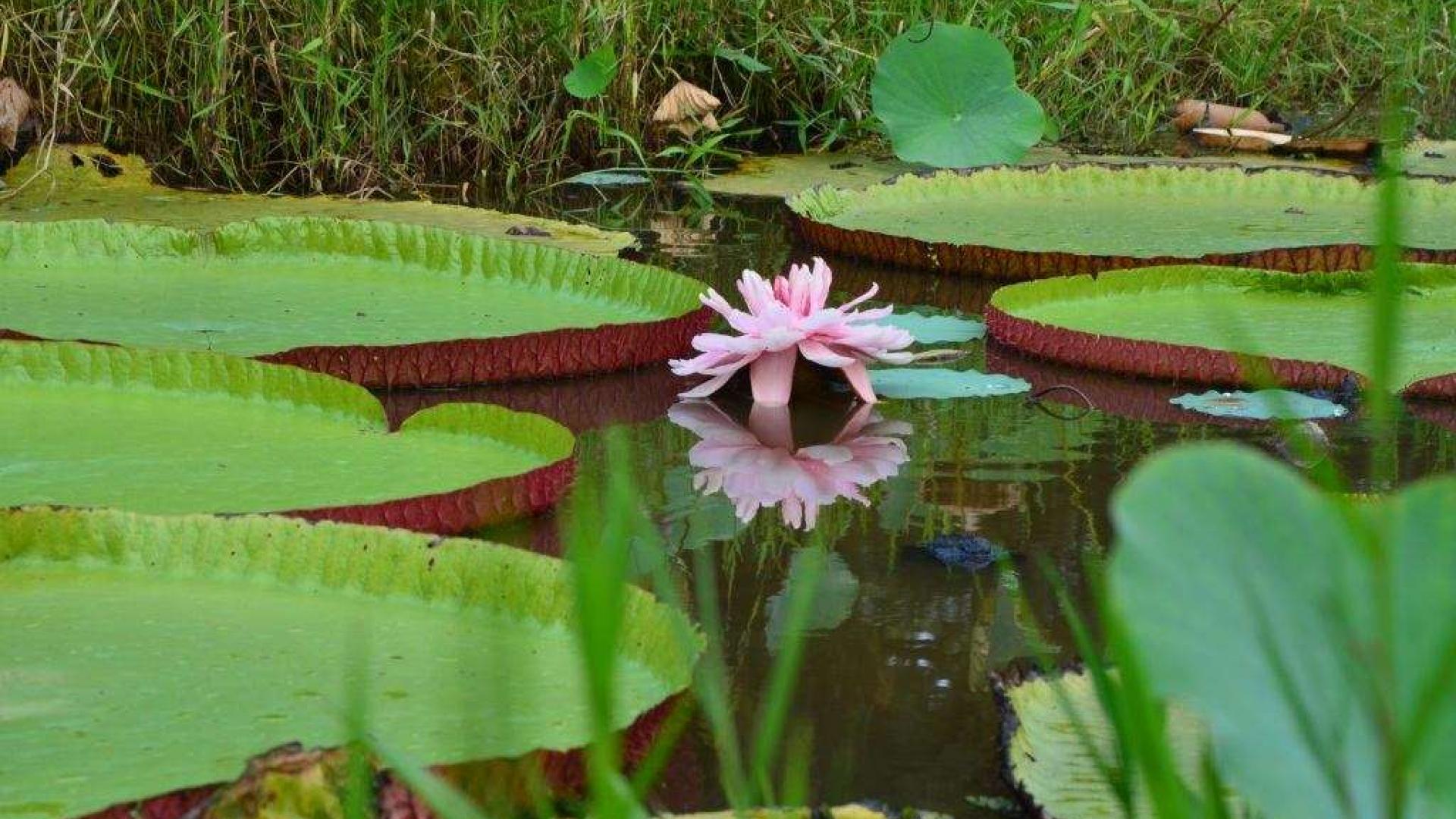Production of sugar plantations.
Usually working day slave began before dawn and ended after sunset. Slaves were supposed to clean out from the bushes and grass, weed, and burn the land for planting cane. As podrastaniya cane needed to weed out the weeds, fertilize the ground. Weeding and fertilizer made slaves. After 12 or 15 months of ripening cane. Field set on fire to get rid of cane leaves, and at the same time from a snake. Then the cane had to be cut down, cut the stems, put them in bundles and loaded on a cart for transport to the mill.
At the mill cane crushed and the juice flowing in it, was collected in metal containers with gutters.
The remains of cane used as fuel in the boiler room.
The collected juice was heated slightly and added a little lime. Then the juice is poured into a copper kettle and boil again, then another smaller pot. By the time he turned into a sticky syrup, which is allowed to cool and poured into wooden barrels, which are tightly sealed and placed in special storage.
Through small holes in the barrels oozed syrup, which was collected in containers, mounted under the barrels. After about three weeks remaining in the barrels syrup crystallized into sugar. Sugar remained in the barrels, which are then sent on ships for export to Europe.
Some estates rum produced by the fermentation of the juice from the first boiling and adding the same amount of molasses.
Even after the harvest at the end of the season, the slaves lacked work. It was necessary to prepare the field for the new season. Weed and fertilize. Repair irrigation channels, fences and buildings.
Was working, even for children from 6 years. They collect firewood and grass for animal feed and drinking water carried the slaves in the fields.
- Log in to post comments





